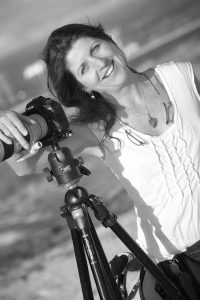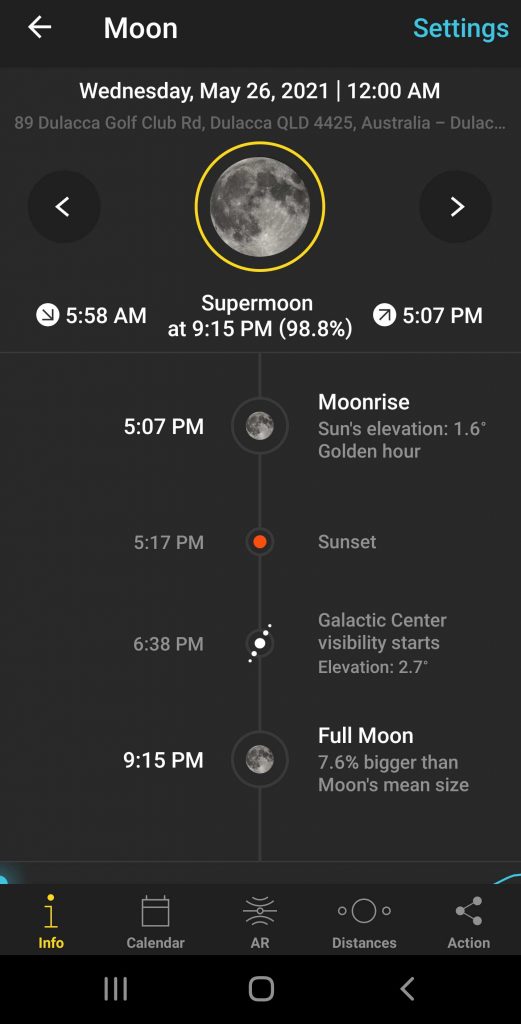The story behind getting the shots.

By Margot Taylor
a five minute read
5 steps to SHOOTING THE SUPER BLOOD MOON and ECLIPSE shooting on Wednesday 26th May. There is phone App suggestions and a video link.
Really handy tips to save disappointment when you get home.
What's happening soon...
A total lunar eclipse is due this month on May 26 – the first in a while. These are always great events for photographers – visible over very wide areas, with a full moon dressed in intense reds and oranges. This time around, the event will be visible in the Western Americas, across the Pacific, Oceania, and East Asia.
This upcoming event is a short one – only around 14 minutes in totality, the shortest of the current decade, but nonetheless, it should provide some great photo opportunities. If you’re on the west coast of the US, you’ll be able to see the setting eclipsed moon over the Pacific, for example.
It also coincides with the largest full moon of 2021, so you’ll have a few extra “blood supermoon” pixels in your frame!
“You can find a location that has some foreground interest as the moon is rising – this Byron Bay lighthouse is always a popular spot.”

TIPS FOR SHOOTING THE SUPER BLOOD MOON
I don’t think I’ve ever met a photographer that didn’t at least have a small fascination with the night’s sky. If this is you, then next Wednesday 26th May is a date you’ll want to put in your diary!
Australia (well, most of it), will have the perfect viewing platform to witness a total lunar eclipse, or a “super blood moon”.
The super blood moon occurs when a total lunar eclipse takes place at the same time the moon is in perigee – which means it is in its closest point to Earth in its orbit.
The super moon will not only appear larger than normal, but will also be red in colour, which is caused when the moon passes through the Earth’s shadow.
So, where should you photograph this from? Well, firstly, you’ll need some clear skies, so keep an eye on the local weather forecast to find a location that should be nice and clear. Secondly, either a nice clear horizon, free of obstructions or trees, or, you can find a location that has some foreground interest as the moon is rising – this Byron Bay lighthouse is always a popular spot.
If you would like to have a go at capturing this rare phenomenon. Here are a few tips.
1) A TRIPOD IS YOUR FRIEND. As you’re going to want to be using a long lens, the longer the lens, the more movement or camera shake will end up accentuated, leaving you with potentially blurry images. As the moon dims into its red colour, your shutter speed will also need to slow down so a tripod is a must have.
2) STEADY!!!! Just like the tripod will help ensure a sharper image, so will a remote or camera trigger. If you push the shutter, you can easily bump or move the camera slightly causing a less than sharp image. If you don’t have a remote camera trigger, you can also set a short timer on your camera, so that there is time for you to press the shutter and move away from the camera before the image is taken.
3) LONG LENS ! To aid in compression and to make the moon look as large, and detailed as possible, you will need to choose a lens that, ideally, has a focal length of at least 300mm, or 200mm if you’re on a crop sensor. This is one of the times that a crop sensor will definitely help you out!
Alternatively, you can pop an extender on your lens for some extra reach!
4) CAMERA SETTINGS – As the eclipse moves through it’s phases, you will need to keep a close eye on your camera settings. The moon moves more quickly than you might think, so start off with a shutter speed of 1/500 second, f/8, ISO 200.
As the eclipse starts and the moon darkens, make sure to lower your shutter speed and raise your ISO. When the moon is in it’s full eclipse, you may also need to open you’re aperture all the way to let in enough light to capture the exposure correctly.
Here is a chart of the exact times of when you can see what. The sky will be sensational when the moon is rising, then we get sunset and not long after the Galactic centre is on the horizon. This is the time for my location at the top of the screen shot.
5) THE WEATHER – Check you local weather reports and check radar for clouds. A cloud free sky is optimum.
If you are on the coast and photographing near rocks, jetties, and shipwrecks. Watch the tides, are they going out or coming in.
There is a app also a full chart for the year so you can plan your full moon adventures.
Morning person

Evening person

PHOTOPILLS
These guys are my saviour. They are GOLD… Always doing videos, regular emails and the app is awesome.
How to Photograph a Total Lunar Eclipse – May 26, 2021 | Step by Step
PHOTO EPHEMERIS
This app I found really good if I have mountains infront of me it will give me typography details. I was on an ios device but have since change over to PhotoPills.
Lunar eclipse information is available in our iOS app for all users, plus we’ve just added it to Photo Ephemeris Web for PRO subscribers too – you’ll find detailed release notes and 10-minute video walkthrough of the new features available now.
